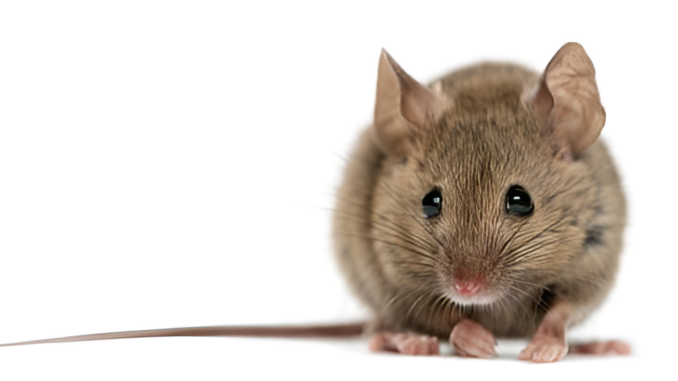
The Unseen Threat: Rodent-Borne Diseases in Zimbabwe
Fearing rodent-borne diseases in Zimbabwe? Call 0772593344 for reliable, affordable and professional rodent control solutions.
Rodents are a ubiquitous part of the Zimbabwean ecosystem, often seen as a nuisance rather than a serious health concern. However, these small creatures can harbour a wide range of pathogens that pose significant risks to human health. This blog post delves into the various diseases transmitted by rodents in Zimbabwe, highlighting their impact and emphasizing the importance of rodent control measures.
The Silent Carriers: An Overview of Rodent-Borne Diseases
Rodent-borne diseases, also known as zoonoses, are illnesses transmitted from animals to humans. These diseases are often spread through various mechanisms:
Direct Contact: Rodents can directly transmit diseases through bites, scratches, or contact with their saliva, urine, or feces.
Indirect Contact: Disease-carrying fleas, ticks, or mites that infest rodents can transmit pathogens to humans.
Contaminated Food and Water: Rodents contaminate food and water sources with their droppings, urine, and saliva, leading to the ingestion of pathogens.
Here’s a breakdown of some significant rodent-borne diseases prevalent in Zimbabwe:
1. Plague:
Caused by: The bacteria Yersinia pestis, transmitted through flea bites.
Symptoms: Fever, chills, headache, muscle aches, swollen lymph nodes (buboes).
Impact: Plague can be fatal if left untreated.
2. Leptospirosis:
Caused by: The bacteria Leptospira, present in the urine of infected rodents.
Symptoms: Fever, headache, muscle aches, jaundice, kidney failure.
Impact: Leptospirosis can be severe and even lead to death.
3. Hantavirus Pulmonary Syndrome (HPS):
Caused by: Hantaviruses, carried by certain rodent species.
Symptoms: Fever, muscle aches, headache, cough, shortness of breath, respiratory failure.
Impact: HPS can be life-threatening, with high fatality rates.
4. Rat-bite Fever:
Caused by: The bacteria *Streptobacillus moniliformis* or *Spirillum minus*, transmitted through rat bites.
Symptoms: Fever, headache, chills, rash, joint pain, swelling around the bite.
Impact: Rat-bite fever can be serious if not treated promptly.
5. Salmonellosis:
Caused by: Salmonella bacteria found in rodent feces.
Symptoms: Diarrhea, abdominal cramps, fever, nausea, vomiting.
Impact: Salmonellosis can be severe, especially in young children, elderly individuals, and people with weakened immune systems.
6. Typhus:
Caused by: Rickettsia bacteria, carried by fleas that feed on rodents.
Symptoms: Fever, headache, chills, rash, muscle aches, confusion.
Impact: Typhus can be fatal if left untreated.
7. Tularemia:
Caused by: The bacteria Francisella tularensis, found in rodents, rabbits, and other animals.
Symptoms: Fever, headache, chills, swollen lymph nodes, skin ulcers, pneumonia.
Impact: Tularemia can be severe and even life-threatening.
Prevention is Key: Strategies for Rodent Control
Recognizing the serious health implications of rodent-borne diseases, taking preventative measures is crucial. Here are some strategies for effective rodent control:
Professional Assistance: Consult a pest control professional for expert advice and services, especially for persistent infestations.
1. Sanitation and Food Storage:
Maintain a clean environment: Eliminate food sources, water sources, and clutter that can attract rodents.
Store food properly: Use airtight containers, keep counters clean, and promptly dispose of garbage.
Secure food storage areas: Keep pantry doors and cupboards closed, and use rodent-proof containers.
2. Structural Modifications:
Seal entry points: Inspect for holes and cracks in walls, floors, and ceilings, and seal them with steel wool or concrete.
Eliminate hiding places: Remove piles of wood, trash, and other materials that provide shelter for rodents.
Repair damaged window screens and doors: Prevent rodents from entering through openings.
3. Rodent Control Methods:
Trapping: Use humane live traps to capture rodents and relocate them to a safe distance from your home or business.
Poisoning: Use rodenticides only as a last resort, as they can pose risks to other animals and children.
Public Health Initiatives and Collaboration
Government agencies, healthcare professionals, and community organizations play a vital role in preventing and controlling rodent-borne diseases in Zimbabwe. These initiatives include:
Public awareness campaigns: Educating the public about rodent-borne diseases, their symptoms, and prevention strategies.
Surveillance and monitoring: Tracking rodent populations and disease outbreaks to identify potential threats.
Collaboration with healthcare providers: Ensuring timely diagnosis and treatment of rodent-borne diseases.
Community engagement: Working with communities to implement rodent control measures and improve sanitation practices.
Conclusion: A Shared Responsibility
Rodent-borne diseases pose a significant health threat in Zimbabwe. By understanding the transmission routes, implementing preventive measures, and fostering collaboration, we can protect ourselves and our communities from these silent carriers. Together, we can minimize the risks associated with rodent-borne diseases and ensure a healthier environment for all.
